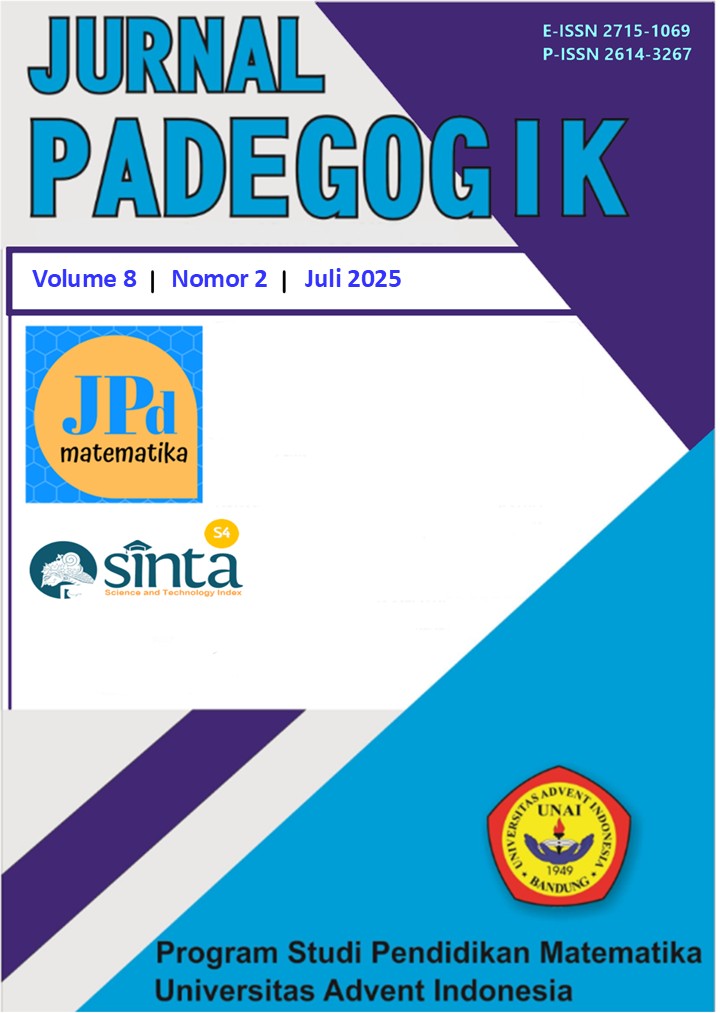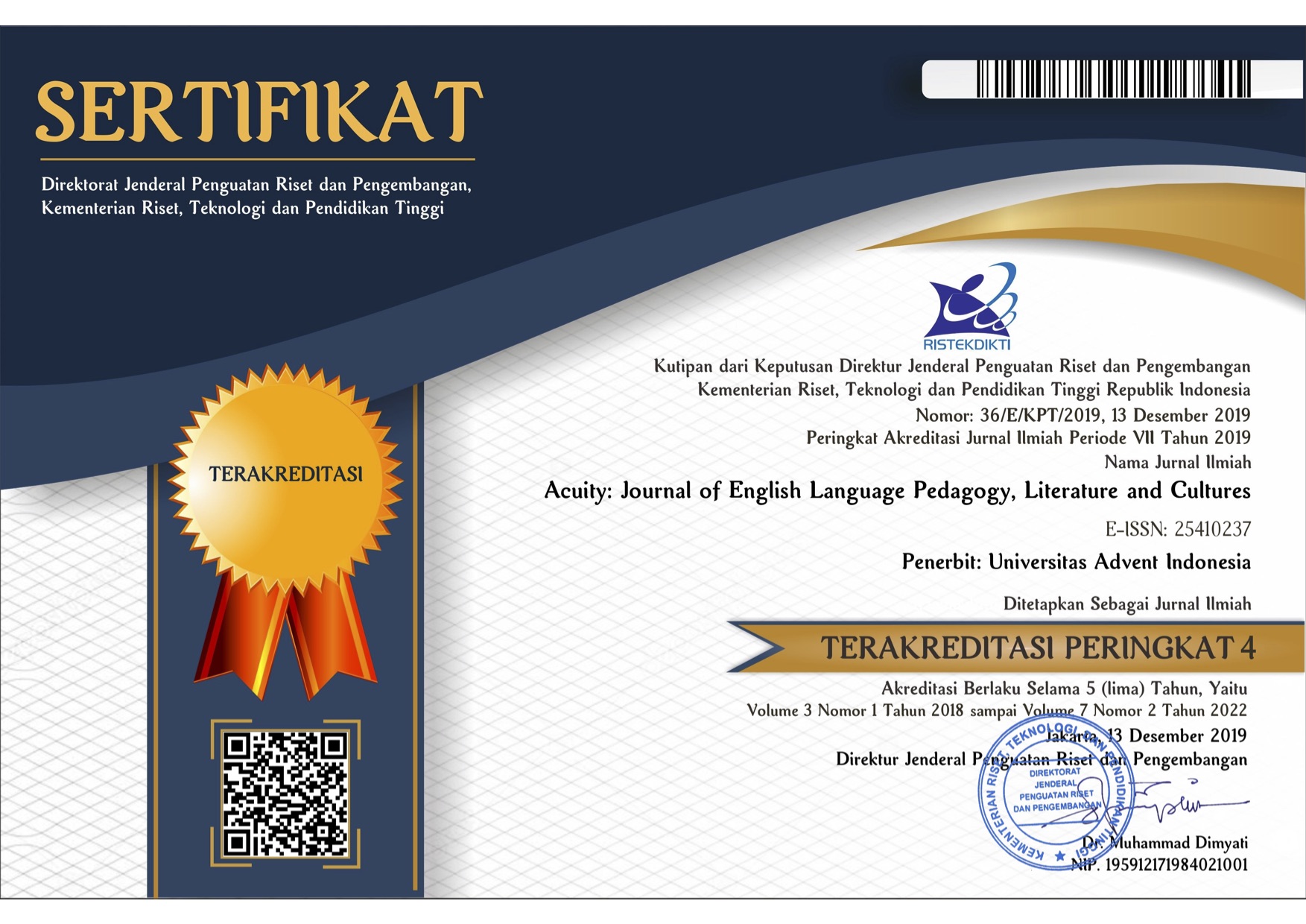Analisis Soal Lomba Cerdas Cermat Tingkat Mahasiswa Tadris Matematika
Keywords:
Mathematics Competition, Question Analysis, Bloom's TaxonomyAbstract
This study aims to evaluate the quality of quiz questions for student-level students, organized by the Mathematics Education Study Program, FTIK IAIN Pontianak together with the Mathematics Education Student Association. The evaluation was carried out based on aspects of material, construction, language, and Bloom's Taxonomy. The mathematics materials presented in the competition include Algebra, Geometry, Number Theory, Trigonometry. Data were taken from documents of questions, answers, and participant scores. The analysis showed that the majority of questions were of good quality, although some aspects, such as the balance of cognitive levels in Bloom's Taxonomy, needed improvement. This study is expected to be the basis for the development of similar competitions in the future
Downloads
References
Azizah, L., & Mardapi, D. (2017). Pengembangan Instrumen Penilaian Kompetisi Matematika Berbasis Higher Order Thinking Skills. Jurnal Penelitian dan Evaluasi Pendidikan, 21(1), 1-13.
Baiduri, R., & Maulana, D. (2021). Evaluasi Soal Matematika Berbasis HOTS di Sekolah Menengah Atas. Journal of Mathematics Education, 7(2), 213-225.
Brookhart, S. M. (2017). How to Assess Higher-Order Thinking Skills in Your Classroom. lexandria: ASCD Publishing.
Deda, Y. N., & Disnawati, H. (2019). Buku ajar etnomatematika kawasan perbatasan NKRI-Timor Leste . Deepublish.
Harlen, W. (2015). Teaching, Learning and Assessing Science 5-12 (4th Edition). London: SAGE Publications.
Hidayat, M. T., & Rahmawati, D. (2018). Analisis Kualitas Soal pada Ujian Nasional Matematika Berdasarkan Taksonomi Bloom. Jurnal Penelitian dan Pembelajaran Matematika, 11(1), 34-45.
Junaedi, Y., Anwar, S., & Hilmi, Y. (2024). Pengembangan Bahan Ajar Digital Augmented Reality berbasis Ethno–RME Kebudayaan Suku Baduy dalam Optimasi Kemampuan Literasi Matematis Siswa. Jurnal Penelitian dan Pembelajaran Matematika, 17(2), 140-149.
Karim, A. (2018). Analisis Kualitas Soal Perlombaan Matematika Tingkat SMA. Jurnal Ilmiah Multi Sciences, 10(1), 1–8.
Kurniawati, D., & Sari, P. (2023). Pengaruh Kompetisi Matematika terhadap Kemampuan Pemecahan Masalah. Journal of Educational Science and Technology, 8(2), 115-128.
Mulyati, E., & Fauzan, A. (2020). Evaluasi Kualitas Soal Matematika untuk Meningkatkan Kemampuan Berpikir Kritis. Jurnal Pendidikan Matematika, 5(1), 54-63.
Mustaqim & Sulisti, H. (2024). Analisis Butir Soal Pas Matematika Peminatan: Daya Pembeda, Tingkat Kesukaran, Dan Kualitas Pengecoh. Al-‘Adad: Jurnal Tadris Matematika, 3(1), 44-56.
Nazir, Moh.. (2005). Metode penelitian. Ghalia Indonesia.
Rustam, R., & Pratama, I. (2024). Pengembangan Instrumen Penilaian Berbasis Higher-Order Thinking Skills. Jurnal Matematika Kreatif-Inovatif, 10(1), 65-80.
Silverius, S.. (1991). Evaluasi hasil belajar dan umpan balik. Grasindo.
Sudijono, A. (2017). Pengantar evaluasi pendidikan. Rajagrafindo persada.
Yusuf, I., & Widyaningsih, R. (2016). Evaluasi Kualitas Soal Olimpiade Sains Nasional OSN) Berdasarkan Taksonomi Bloom. Jurnal Pendidikan dan Pengajaran Matematika Indonesia, (1), 89-101
Zulfikar, A., & Rahmi, R. (2022). Analisis Taksonomi Bloom pada Soal Matematika Kompetisi Regional. Jurnal Pendidikan dan Pembelajaran Matematika, 9(3), 290-302.
Downloads
Published
How to Cite
Issue
Section
License
Copyright (c) 2025 Jurnal Padegogik

This work is licensed under a Creative Commons Attribution-NonCommercial-ShareAlike 4.0 International License.
The submitting author warrants that
- The submission is original and that she/he is the author of the submission together with the named co-authors; to the extend the submission incorporates text passages, figures, data, or other material from the work of others, the submitting author has obtained any necessary permission.
- Articles in this journal are published under the Creative Commons Share-Alike Attribution Licence (CC-BY-SA What does this mean?). This is to get more legal certainty about what readers can do with published articles, and thus a wider dissemination and archiving, which in turn makes publishing with this journal more valuable for you, the authors.
- By submitting an article the author grants to this journal the non-exclusive right to publish it. The author retains the copyright and the publishing rights for his article without any restrictions.








